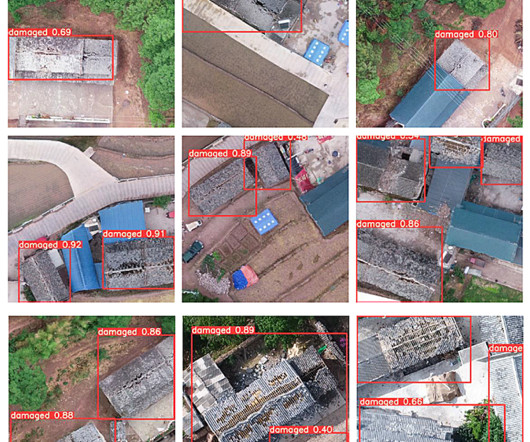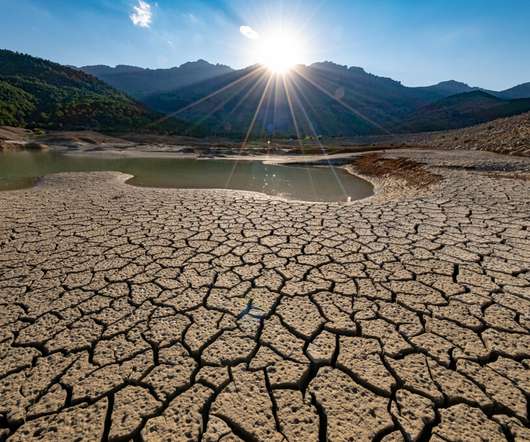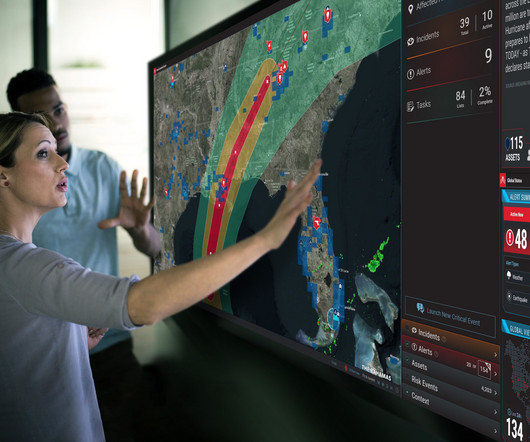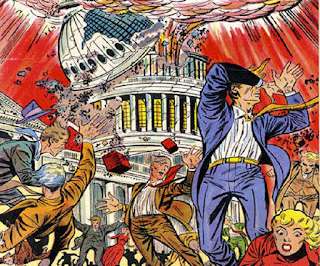AI In Crisis Management and the Future of Preparedness
Erwood Group
MAY 13, 2025
PR Crisis Prediction: AI predicts PR issues by analyzing media sentiment, helping organizations mitigate damage ( Capestart ). Urban Crisis Management: AI simulates urban crises, improving city resilience against disasters and unrest ( Ethics and Information Technology ).

















Let's personalize your content